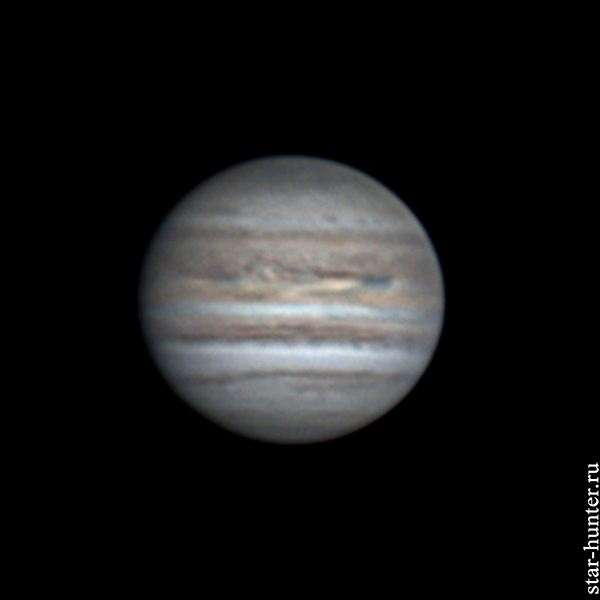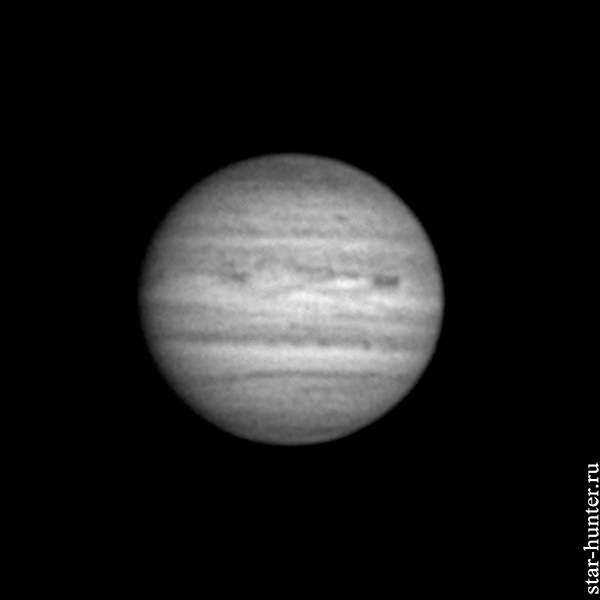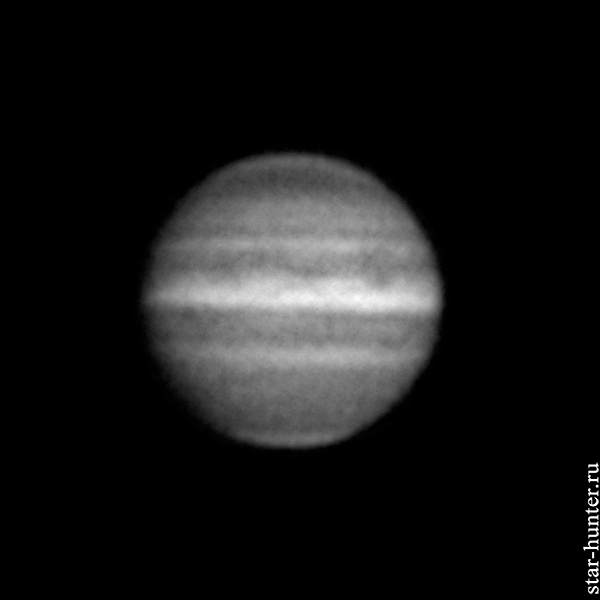I tested the new camera QHY5III462C for Jupiter. The Sony imx462 sensor is distinguished by its high sensitivity to infrared rays, which allows it to be used in monochrome when shooting at a wavelength of 850 nm or more. This camera is especially interesting for shooting with a methane CH4 filter (890 nm), since its sensitivity in the infrared range exceeds that of all modern amateur astronomical cameras, including those on Sony imx224, imx290 and imx178 sensors. If earlier when shooting with a monochrome camera QHY5III178m and a CH4 filter I had to set the maximum gain and shutter speeds of 100-200 ms, then with the QHY5III462C camera I can use shutter speeds of 20-30 ms with a gain of about 80%, which greatly simplifies focusing and improves image detail in the expense of a shorter exposure.
For shooting at IR-range, I used a ZWO 850 nm filter too.
The source ser-videos are available here.

Equipment:
-Celestron NexStar 8 SE telescope
–long Barlow lens 2x
–ZWO ADC
-2 extenders
-QHY IR-cut filter
–QHY5III462C camera.
Processing: stacking 1000 frames from 5584 (Autostakkert), wavelets (Registax 6).
Location: Russia, Anapa, backyard.

Equipment:
-Celestron NexStar 8 SE telescope
–long Barlow lens 2x
–ZWO ADC
-2 extenders
–ZWO 850 nm filter
–QHY5III462C camera.
Processing: stacking 1000 frames from 4034 (Autostakkert), wavelets (Registax 6).
Location: Russia, Anapa, backyard.

Equipment:
-Celestron NexStar 8 SE telescope
–long Barlow lens 2x
–ZWO ADC
-2 extenders
–ZWO CH4 methane filter
-QHY5III462C camera.
Processing: stacking 1000 frames from 4028 (Autostakkert), wavelets (Registax 6).
Location: Russia, Anapa, backyard.